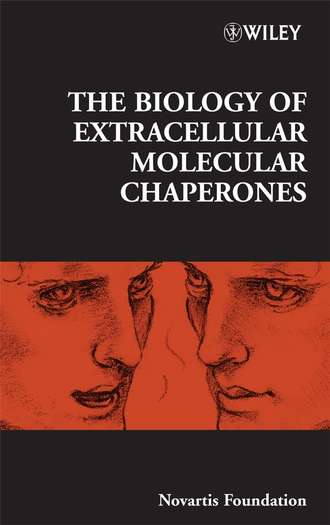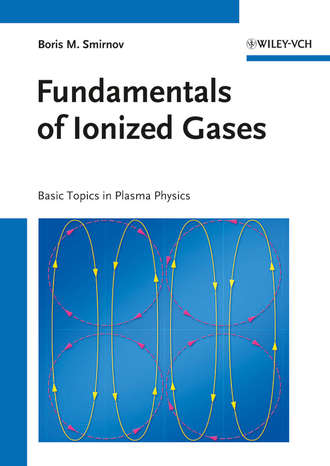The Biology of Extracellular Molecular Chaperones
Jamie Goode A.
The heat shock, or cell stress, response was first identified in the polytene chromosomes of Drosophila. This was later related to the appearance of novel proteins within stressed cells, and the key signal stimulating this appearance was identified as the presence of unfolded proteins within the cell. It is now known that this is a key mechanism enabling cells to survive a multitude of physical, chemical and biological stresses. Since the promulgation of the ‘molecular chaperone’ concept as a general cellular function to control the process of correct protein folding, a large number of molecular chaperones and protein folding catalysts have been identified, and it has been recognized that not all molecular chaperones are stress proteins and vice versa. The discovery of molecular chaperones as folding proteins went hand-in-hand with their recognition as potent immunogens in microbial infection. It was subsequently shown that administration of molecular chaperones such as Hsp60, Hsp70 or Hsp90 could inhibit experimental autoimmune diseases and cancer. More recently evidence has accumulated to show that certain molecular chaperones are also present on the surface of cells or in extracellular fluids. A new paradigm is emerging: at least some molecular chaperones are secreted proteins with pro- or anti-inflammatory actions, regulating the immune response in human diseases such as coronary heart disease, diabetes and rheumatoid arthritis. In addition to having direct effects on cells, molecular chaperones can bind peptides and present them to T cells to modulate immune responses. This may be significant in the treatment of cancer. This is the first book bringing leading researchers in this field together to review and discuss: our current knowledge of cell stress response and molecular chaperones the changing paradigms of protein trafficking and function cell stress proteins as immunomodulators and pro- and anti-inflammatory signalling molecules the role of these proteins in various chronic diseases and their potential as preventative or therapeutic agents. The Biology of Extracellular Molecular Chaperones is of particular interest to immunologists, cell and molecular biologists, microbiologists and virologists, as well as clinical researchers working in cardiology, diabetes, rheumatoid arthritis and other inflammatory diseases.
- Категория: зарубежная образовательная литература
- Правообладатель: John Wiley & Sons Limited
- Возрастное ограничение: 0+
- ISBN: 9780470754023
- Легальная стоимость: 21541.47 руб.





